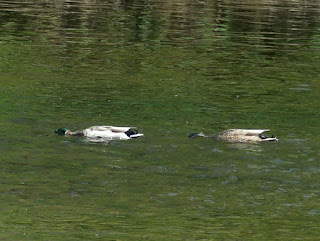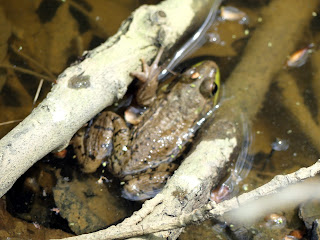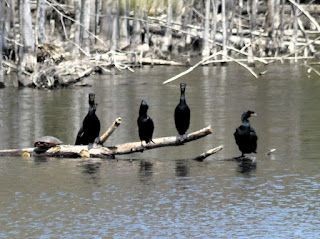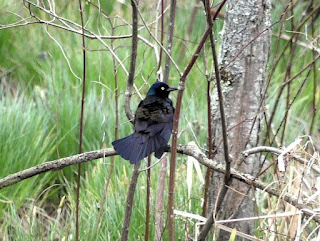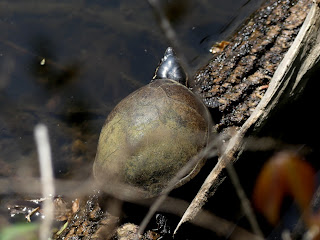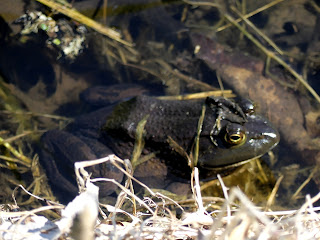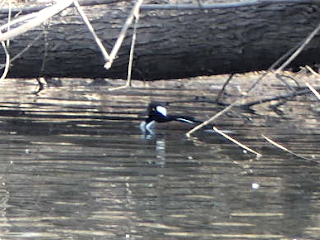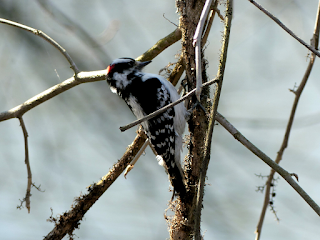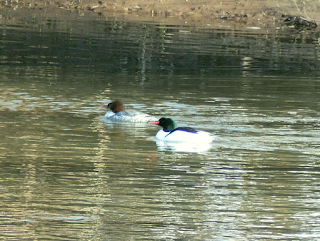Blue Jay

Here's a Blue Jay doing one of the things they do best: squawking. Loud and bossy, these corvids (they're relatives of the crows) are commonly seen throughout the year here in New Jersey. Though they're known to prey on smaller birds, they actually eat mostly insects and acorns/nuts. And while I don't know if they fool any hawks, Blue Jays are known for their ability to mimic the cries of Red-shouldered and Red-tailed Hawks. (One possibility is that making these calls can really clear out a bird feeder, leaving the food for the Blue Jays.) April 30, 2021 at Duke Farms Photo 128320545, (c) jpviolette, some rights reserved (CC BY-NC)



